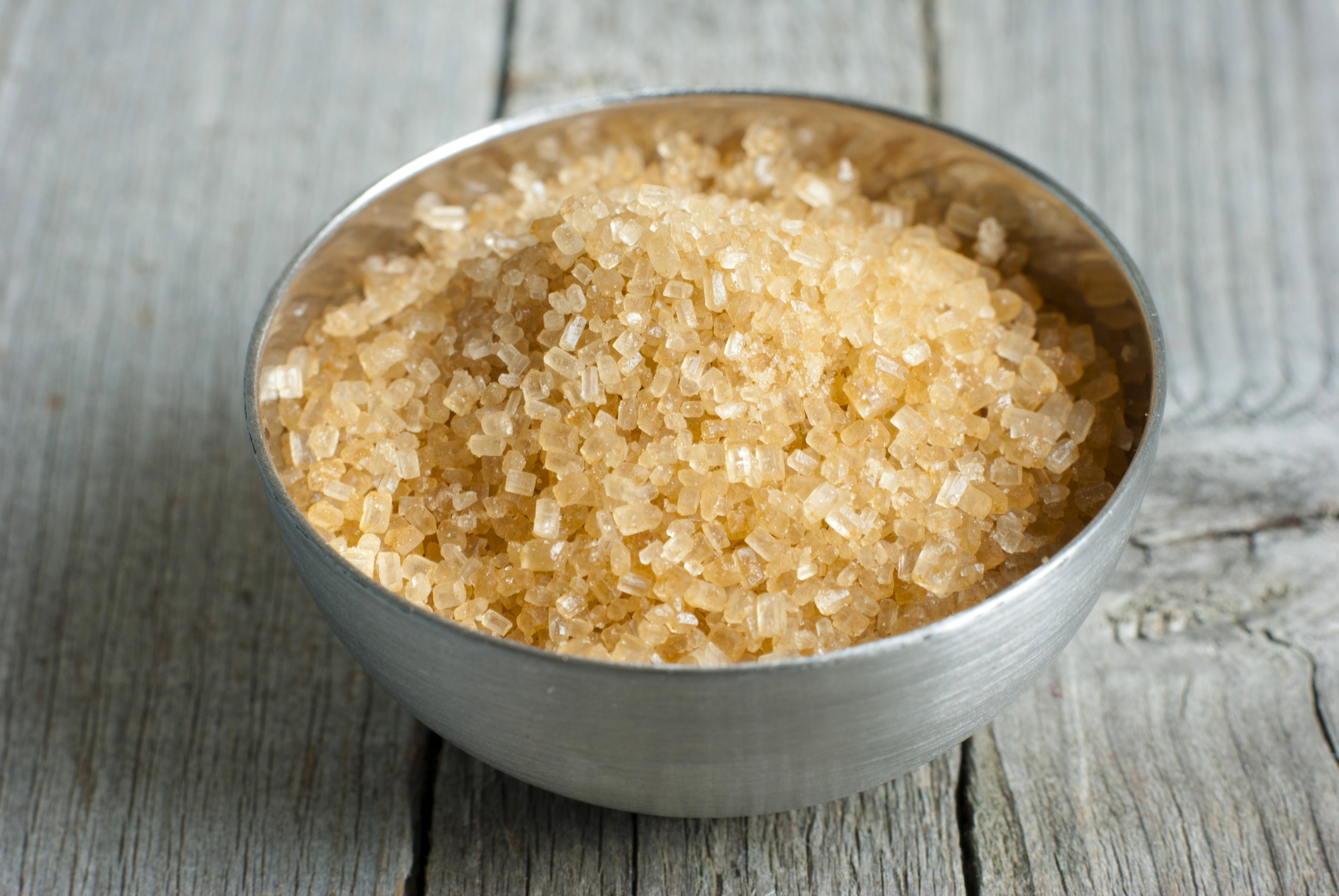Effective Cane Sugar Processing: Making The Most Of Return and Purity
Effective Cane Sugar Processing: Making The Most Of Return and Purity
Blog Article
An In-Depth Overview to the Environmental Effect and Sustainability Practices in Walking Stick Sugar Processing
The environmental impact of walking cane sugar handling offers a complicated variety of obstacles that warrant cautious evaluation. From soil degradation and extreme water use to the carbon impact connected with growing and production, the repercussions of standard techniques are far-reaching. What specific techniques can be implemented to strike a balance between productivity and environmental stewardship?
Introduction of Walking Cane Sugar Handling
Cane sugar processing includes a series of systematic actions that transform sugarcane right into polished sugar. Initially, collected sugarcane is transported to processing facilities, where it goes through cleaning up to remove dirt and particles. Following this, the walking cane is squashed to remove juice, which is after that clarified by getting rid of contaminations via heating and the enhancement of lime.
The made clear juice undergoes evaporation, where water is gotten rid of to concentrate the sugar content. These crystals are divided from the remaining syrup making use of centrifugation, resulting in raw sugar.
The end product is after that dried out and packaged for distribution. Throughout this whole process, keeping efficiency and quality assurance is necessary to ensure the sugar satisfies industry criteria. Each action in walking stick sugar handling not just contributes to the end product but also has ramifications for source usage and waste generation, setting the stage for discussions on sustainability and ecological influences associated with sugar manufacturing.
Ecological Challenges of Production
The production of cane sugar presents several significant ecological challenges that warrant focus. One key problem is the considerable usage of agrochemicals, including plant foods and chemicals, which can bring about dirt degradation, biodiversity loss, and contamination of neighborhood water sources. The overflow from sugarcane areas frequently carries these chemicals into neighboring ecosystems, interrupting aquatic life and influencing the wellness of communities reliant on these water bodies.
An additional challenge is the high energy intake connected with sugarcane handling. The boiling and refining phases require considerable warm, mostly created by melting fossil fuels, adding to greenhouse gas discharges. In addition, the expansive acreage required for sugarcane growing can cause logging and habitat devastation, additional intensifying environment change and threatening wildlife.
Furthermore, the labor methods in some areas elevate ethical worries, as employees might deal with poor working conditions and insufficient earnings. This circumstance usually continues a cycle of hardship in neighborhood neighborhoods. Cane Sugar Processing. Attending to these environmental obstacles is crucial for developing much more lasting techniques in cane sugar production, ultimately profiting both the atmosphere and the communities associated with this market
Water and Land Usage Effect
Water sources and land usage are crucial components in the cane sugar sector that considerably impact the environment. The farming of sugarcane requires significant water input, with price quotes recommending that it can eat approximately 2,000 litres of water per kilogram of sugar generated. This intensive use water commonly causes deficiency of neighborhood water resources, impacting not just the sugarcane haciendas yet also bordering environments and communities that depend on the very same water see this here sources for agriculture and residential usage.

Additionally, land usage for sugarcane cultivation can result in logging and the conversion of all-natural habitats right into monoculture vineyards. This technique reduces biodiversity, interferes with regional environments, and adds to dirt degradation. The growth of sugarcane areas frequently intrudes on important farming land, developing competition for resources in between food and biofuel production.
Sustainable methods, such as enhancing watering methods and executing plant turning, are necessary to reduce these impacts. By adopting extra effective water usage and land management techniques, the walking cane sugar sector can decrease its ecological impact, ensuring a balance in between farming performance and environmental conservation.
Greenhouse Gas Emissions
Greenhouse gas exhausts stand for a considerable ecological issue within the cane sugar handling sector, particularly as farming practices increase to satisfy global demand. The farming of sugarcane, a plant that flourishes in tropical climates, counts greatly on synthetic plant foods and chemicals, which add to nitrous oxide exhausts. In addition, land-use changes, consisting of deforestation for new sugarcane ranches, release co2 kept in plant life and dirt.
Throughout handling, power consumption is another major resource of greenhouse gas emissions - Cane Sugar Processing. web Lots of sugar mills utilize fossil fuels to power machinery and create warmth, resulting in significant carbon footprints. In addition, the transport of raw sugarcane and ended up products includes layers of discharges via fuel burning in cars
This entails assessing current farming methods, refining approaches, and transportation systems to determine locations for renovation and mitigation. Resolving greenhouse gas discharges is essential for promoting a much more sustainable walking stick sugar sector in a changing climate.

Sustainable Practices and Innovations
Lasting techniques and developments are increasingly crucial in the walking cane sugar handling sector as stakeholders look for to lower environmental impacts while preserving productivity. One considerable improvement is the execution of integrated plant management, which maximizes resource usage by combining dirt administration, insect control, and crop turning methods. This approach boosts return while decreasing chemical inputs and maintaining dirt health.
In addition, the fostering of renewable resource resources, such as biomass from sugarcane residues, has actually gotten traction - Cane Sugar Processing. By converting waste items right into energy, refining centers can minimize their dependence on nonrenewable fuel sources, consequently decreasing greenhouse More about the author gas exhausts
Water management practices have actually also seen renovations via the recycling and reusing of water in handling plants, dramatically minimizing freshwater usage. Technologies in technology, such as accuracy agriculture, allow farmers to monitor plant wellness and resource use a lot more properly, ensuring sustainable growing practices.
Additionally, certification programs like Fair Trade and Jungle Partnership urge environmentally liable farming techniques and advertise social equity within the supply chain. By welcoming these lasting techniques and innovations, the walking cane sugar processing sector can improve its durability and add positively to ecological stewardship.
Final Thought
The ecological impact of walking cane sugar handling provides considerable difficulties, including dirt degradation, high water consumption, and greenhouse gas exhausts, together with honest problems related to labor methods. Resolving these issues with lasting methods, such as incorporated plant management, renewable power adoption, and water recycling, is crucial. By advertising ecologically responsible and socially equitable methods in sugar production, the sector can reduce its damaging results, making sure a more sustainable future for both communities and ecosystems included in this field.
Walking cane sugar processing includes a series of organized steps that transform sugarcane into polished sugar. Each step in walking stick sugar handling not only adds to the final product but additionally has ramifications for source usage and waste generation, setting the phase for discussions on sustainability and ecological influences linked with sugar manufacturing.
Greenhouse gas exhausts stand for a considerable environmental issue within the walking cane sugar handling sector, particularly as farming practices increase to satisfy international demand.Lasting practices and innovations are progressively vital in the cane sugar processing market as stakeholders look for to minimize environmental effects while maintaining performance.The environmental influence of walking stick sugar processing presents significant obstacles, consisting of soil destruction, high water intake, and greenhouse gas exhausts, alongside moral worries related to labor methods.
Report this page